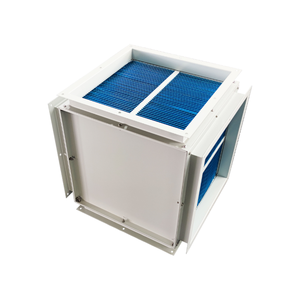
All categories
Featured selections
Trade Assurance
Buyer Central
Help Center
Get the app
Become a supplier

(1594 products available)



























A refrigeration liquid receiver is a crucial component in refrigeration systems that are responsible for storing and regulating the flow of refrigerants. It is typically a cylindrical tank designed to withstand high pressures and temperatures. The main function of the refrigerant receiver is to ensure a stable supply of refrigerant to the evaporator while accommodating variations in demand. By acting as a buffer, the receiver helps optimize the performance and efficiency of the entire refrigeration system. The capacity of the liquid receiver can vary depending on the size and requirements of the system, but its role in maintaining proper refrigerant levels remains consistent across applications.
Refrigeration systems may utilize different types of liquid receivers based on their specific requirements. These types of liquid receivers can be categorized based on their mounting configurations, such as horizontal or vertical, or by the materials used in their construction. The capacity of liquid receivers can also vary widely, with small systems employing receivers with capacities as low as a few gallons, while large industrial systems may require receivers with capacities measured in hundreds or even thousands of gallons. The choice of a liquid receiver type depends on factors such as the size of the refrigeration system, spatial constraints, and the specific demands of the application. Selecting the most suitable type of liquid receiver is crucial for the efficient operation and longevity of the refrigeration system.
Refrigeration liquid receivers are usually constructed using materials that offer high strength and corrosion resistance to withstand the demanding conditions of refrigeration systems. Common materials used in the fabrication of liquid receivers include carbon steel, stainless steel, and sometimes aluminum. Carbon steel is valued for its strength and affordability, making it suitable for various applications. Stainless steel, on the other hand, provides enhanced corrosion resistance, ensuring longevity and reliability in challenging environments. Aluminum, known for its lightweight and corrosion-resistant properties, may be used for smaller receivers or specific applications where these characteristics are advantageous. The choice of material for a liquid receiver is crucial in ensuring its durability and performance within the refrigeration system.
A liquid receiver is a critical component in various refrigeration systems across industries. In commercial refrigeration, such as supermarkets, restaurants, and cold storage facilities, liquid receivers play a vital role in ensuring consistent and efficient cooling to preserve perishable goods. In industrial settings, including food processing, pharmaceuticals, and chemical manufacturing, liquid receivers are integral to maintaining precise temperature control for production processes. The HVAC (heating, ventilation, and air conditioning) sector also relies on liquid receivers to optimize the performance of air conditioning and refrigeration systems in residential, commercial, and institutional buildings. The versatility and indispensable nature of liquid receivers in refrigeration and cooling processes underscore their significance in diverse applications.